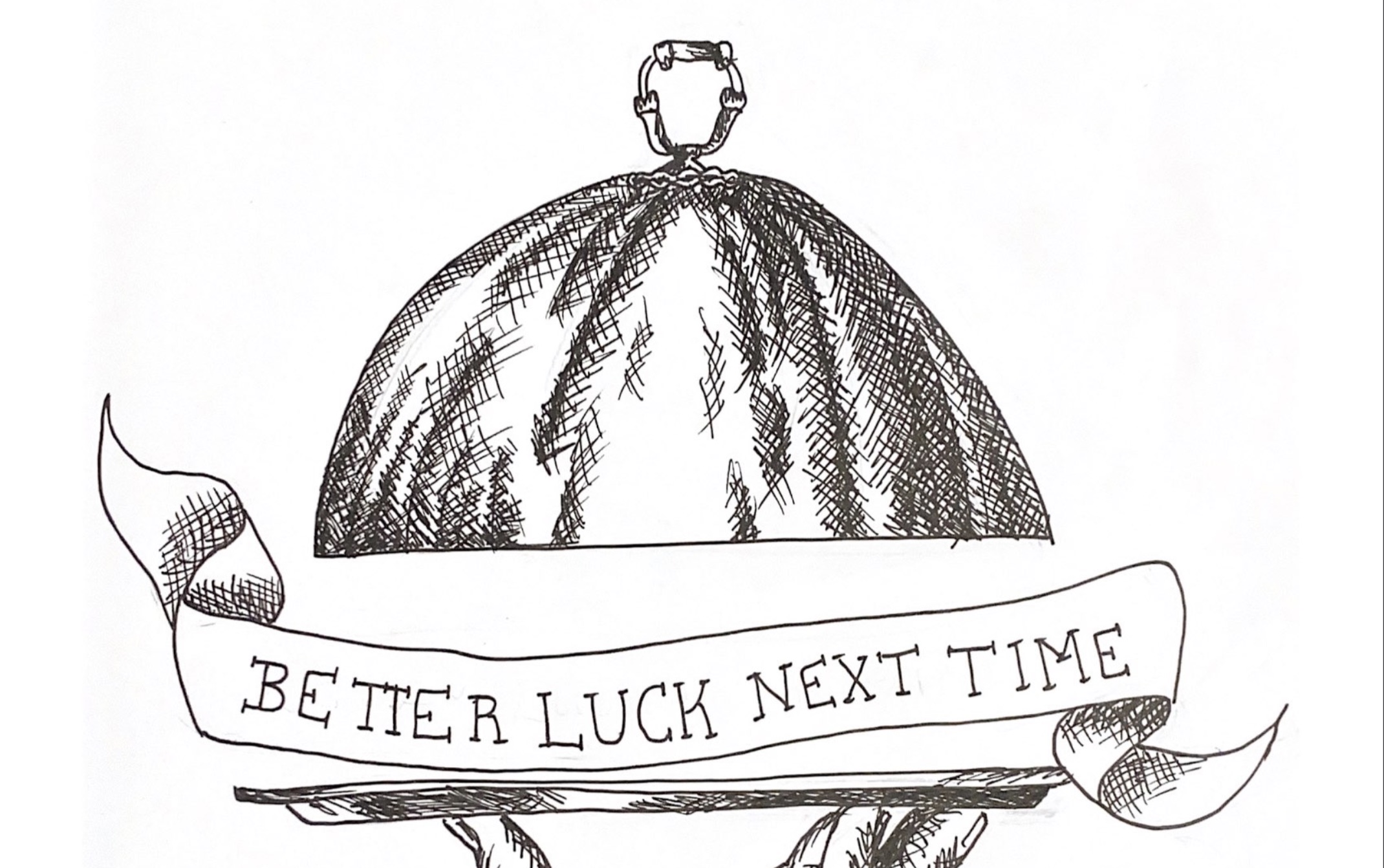We all make jokes about Leo’s. Like most colleges, Georgetown isn’t famous for its dining options, rightfully. But beyond the usual complaints about repetitive meals and missing Mom’s cooking, there’s a bigger problem—Georgetown’s meal plan system poses an unnecessary financial burden to many students while failing to meet the needs of those same students.
The beginning of the semester was characterized by lines of hungry students stretching around the block outside Leo’s. Though the issue has gotten less visible, Georgetown’s meal plan requirement for upperclassmen is still causing more problems for students than it is solving. While the installation of faster go-card scanners shortened lines, many obstacles—restricted hours, limited seating, and a lack of options for students with dietary restrictions—persist. It is clear that the university has not given Hoya Hospitality the infrastructure to feed approximately three quarters of the undergraduate student body, and the administration should thus free upperclassmen of the meal plan requirements.
The limited hours at Leo’s have made this semester nothing short of wasteful for me. Though my apartment comes fully equipped with a kitchen, I’m still required to have a meal plan that covers two thirds of my weekly meals—14 meal swipes I can barely find a way to use. Limited hours at Leo’s limit usability; only serving dinner until 8 p.m. ignores the realities of a college student’s lifestyle. Students who have evening classes face the choice to eat unreasonably early before class, forage for food in the dorm kitchens, or spend extra for food at locations that don’t accept meal exchanges. Not only that, but by later in the evening, it is common to find most of the food at Leo’s already gone.
This poses a particular problem for students who can only eat from one or two stations, such as those with allergies or a religious restriction. If I, a student who eats only halal food, arrive at Leo’s and the halal station is already empty, I’m cooking my own meal that night. Because I can not depend on Leo’s to meet my needs for every meal, I carry the expense of weekly groceries in addition to the $2,978 meal plan.
Of course, Leo’s isn’t the only on-campus dining option, but it is the most cost-effective place on campus that caters to most special dietary needs and accepts meal swipes. Though Epicurean and Company (known best as Epi), located under Darnall Hall, serves a variety of hot meals until 10 p.m., it doesn’t accept meal swipes and is unsustainable for students who cannot afford to increase their flex dollars during the semester. Other options, such as Royal Jacket or Crop Chop, provide limited options at limited times; Royal Jacket did not offer vegan options until just this week.
Georgetown’s dining problem is not inevitable—peer institutions, such as Brown University, understand that if they are unable to offer students with dietary restrictions the same variety of options as other students, they must provide alternate meal plans—and pricing—accordingly. At Brown, a student who keeps a halal or kosher diet can opt for a less comprehensive meal plan for the entirety of their time on campus, a solution Georgetown would do well to adopt. Being required to pay the same amount as students who could eat from any station when I can only trust the halal or vegan stations is nonsensical.
The meal plan requirement is not only unsatisfactory for students with dietary restrictions—while halal food is available at Leo’s, kosher food is not—but also for upperclassmen. Most upperclassmen live in housing with kitchens, making a meal plan redundant. And the continued threat of COVID-19 actually makes it safer for students to eat in their own dorms, instead of a dining space packed with maskless students. During a recent surge in COVID-19 cases three weeks ago, Dr. Ranit Mishori, Georgetown’s chief public health officer, emailed students encouraging them to use grab-and-go dining options. Were upperclassmen not forced to have meal plans, they would have no reason to be in Leo’s at all, reducing the risk of spreading COVID-19 to each other.
If Georgetown continues to force the majority of students to purchase a meal plan despite the negative impacts, it needs to expand its dining infrastructure to adequately attend to students and protect their health. Providing more options for students with dietary restrictions at other locations would help to alleviate pressure on Leo’s. For example, all chicken that arrives on campus is technically halal, but Hoya Hospitality does not guarantee its halal status, except for the chicken headed for the halal station at Leo’s. By preventing cross contamination, Hoya Hospitality would realistically be able to offer halal food at Epicurean, Crop Chop, and Royal Jacket.
Additionally, Epi should start accepting meal exchanges, making hot meals easily accessible at more than one dining hall, especially during a health crisis. Leo’s should expand its evening hours to accommodate students with evening classes and reduce the density of students at any one time—this change, of course, should be done with consideration to the Leo’s workforce and how it would increase their burden.
The university administration introduced a massive change far too quickly, without considering the impact it would have on dining facilities and students—Hoya Hospitality cannot be blamed for being unable to keep up with the changes that have added an additional 1,500 students to the meal plan within the same facilities and reduced hours. None of us, students or workers, are in a sustainable dining structure. The university must make changes to spread the burden of the meal plan across more campus dining options and increase its accessibility to all students, including those with more specific needs.
Forcing students to purchase a meal plan adds an additional financial burden on top of the already high cost of attending Georgetown, without providing the food security it purports to guarantee. Considering the price they pay, it is unacceptable that students are unable to use meal swipes after 10 p.m., and that there is only one place where students can use a meal swipe to access a hot meal. If Georgetown really wants to care for me and my peers, it would create an accessible dining infrastructure that meets the needs of students.




